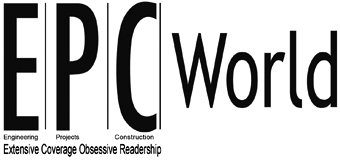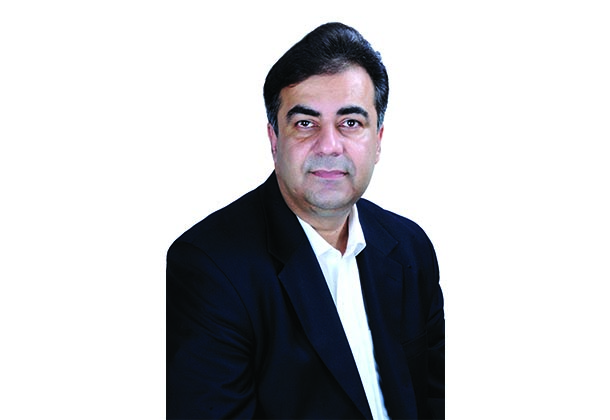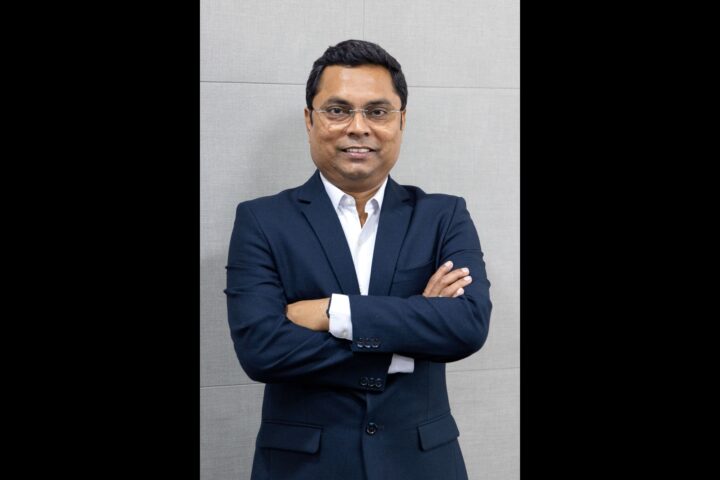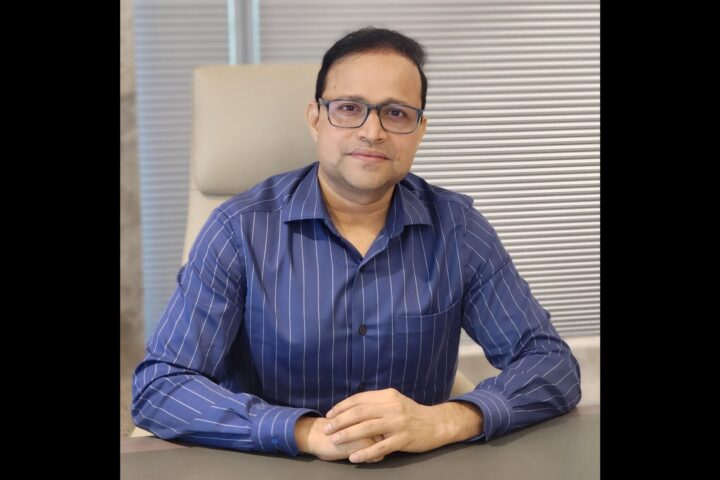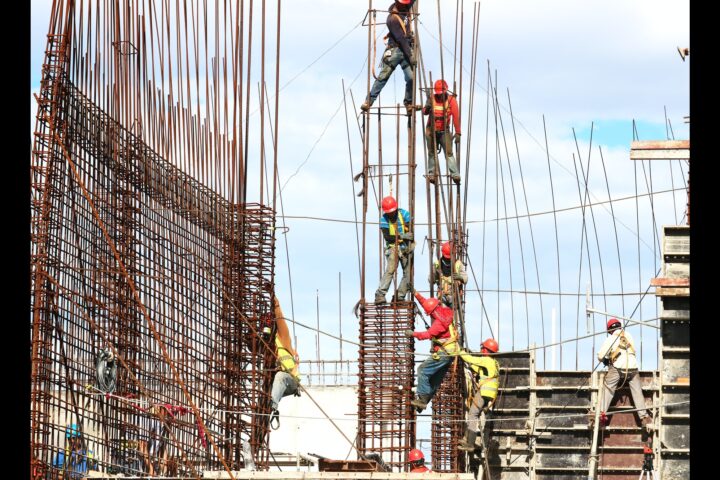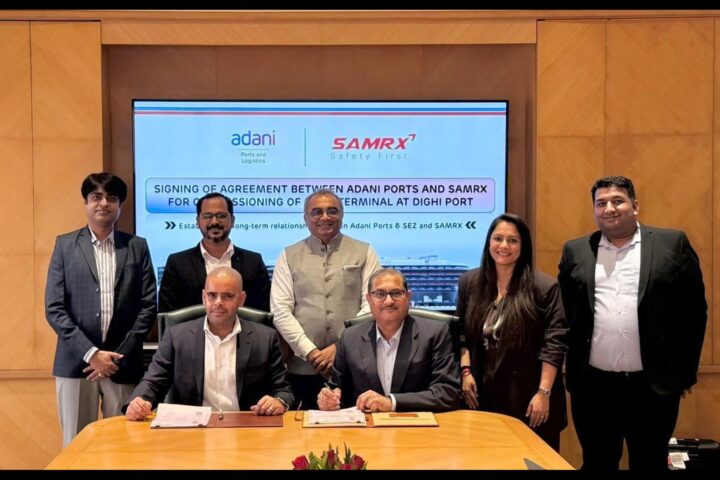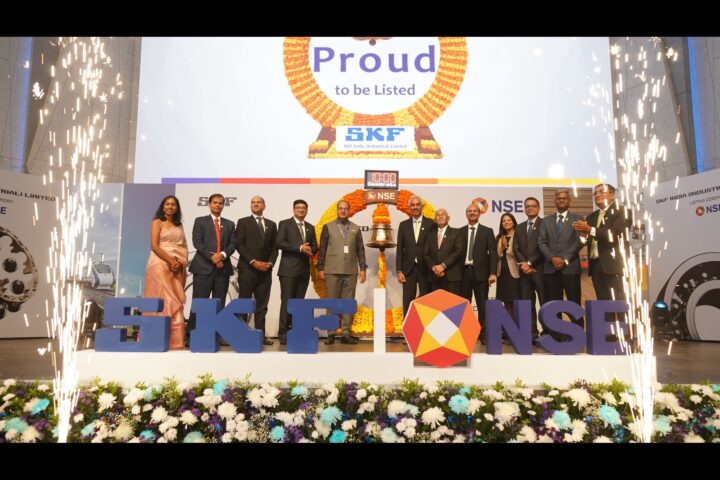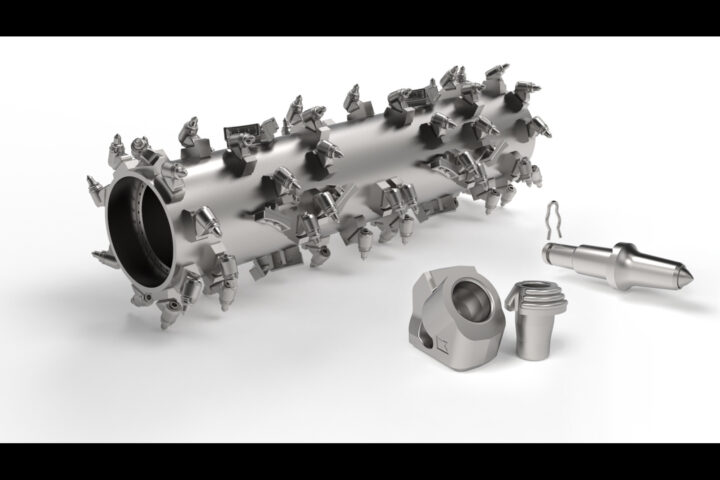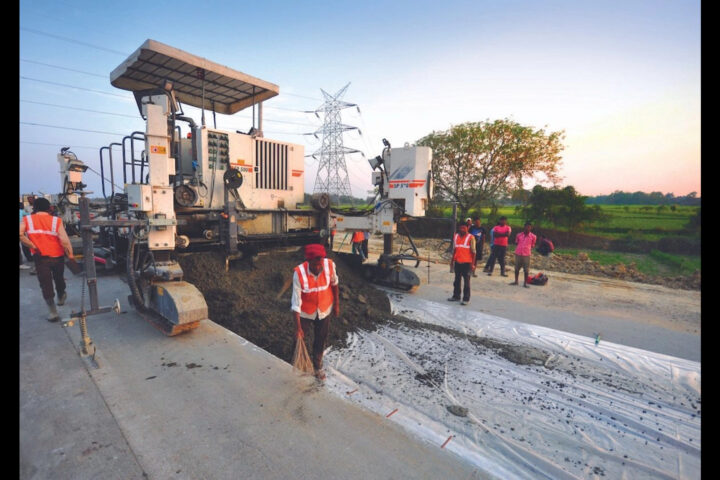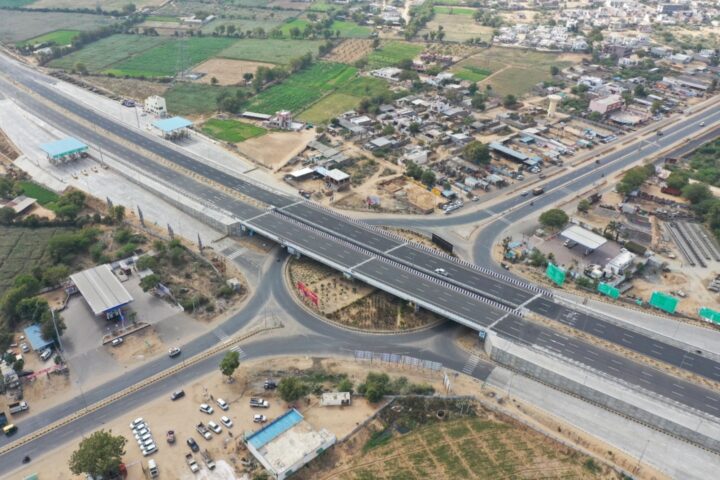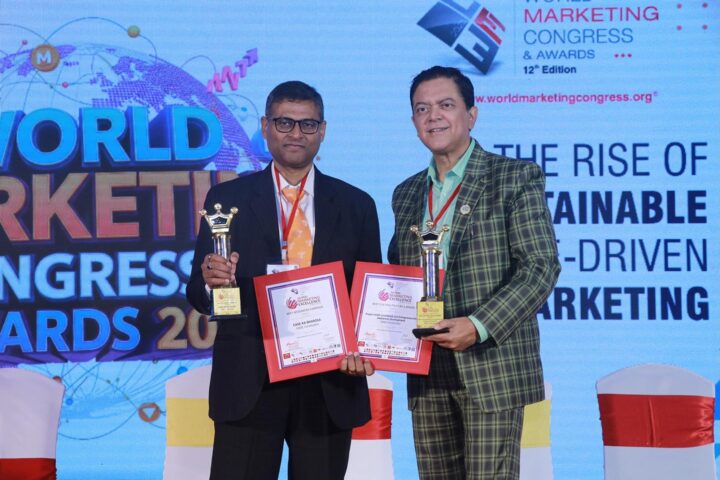The true value of technology can only be realized when different software and tools are interoperable, says Harsh Pareek, Regional Sales Director, Trimble India & Saarc Region
You have close to two decades of expertise in the AEC industry. How has the software for AEC industry developed in these two decades?
The AEC industry has changed dramatically in its use of technology over the last two decades. The most significant change has been around the shift from paper-based workflows to online and digital workflows. This change has accelerated in the recent years with the rise of cloud computing and mobile devices – giving birth to new ways of collaboration among onsite and office-based teams. In the past few years, we have seen a steady rise in use of software across the build-design-operate lifecycle. Competition and a fast-evolving market environment is the key driver for this change, as the industry uses software to bring costs down and to accomplish high-quality work in lesser time. The use of Building Information Modeling (BIM) has grown in recent years and the AEC industry is now making use of large volume of trustworthy information created by and used within a 3D BIM model. Even BIM has evolved and we have come a long way from using traditional BIM to what is now fast becoming a global standard for BIM, called Constructible BIM, which allows the construction industry professionals to make full use of data/information across all phases of the construction lifecycle, not just design. The recent arrival of new technologies and construction processes such as 4D and 5D Constructible BIM, mixed realitytools like Microsoft HoloLens, robotics, collaboration tools like Trimble Connect and Internet of Things are today driving a massive change in how we design, build and operate structures.
Of late, Constructible BIM is being preferred. What is Constructible BIM? What are the advantages of Constructible BIM over traditional BIM?
Traditional scope of BIM is giving way to the more advanced concept of ‘Constructible BIM’ in order to cope up with ever growing complexity of building design and construction. Hence, constructible BIM is an evolution of conventional BIM; and it makes the construction process much more effective and efficient. What one should keep in mind is that not all Building Information Models are constructible in the practical sense. The traditional ‘design models’ and ‘constructible models’ differ on the level of accuracy, development and detail present in the model itself. The term ‘constructible’ defines the ease and efficiency with which structures can be constructed from a 3D or visual model. If a BIM model is detailed enough, the constructability of a building can be tested in advance and rework and material wastage can be minimized, which in turn leads to timely and profitable construction by reducing construction costs. A constructible model thus allows designers, engineers and contractors to streamline their processes and improve efficiency and productivity throughout the project lifecycle. Constructible BIM has a lot to offer in terms of improved efficiencies – it allows for a centralized digital (virtual) representation of all important information regarding a building, which helps all the stakeholders to work in sync towards achieving the best possible solution. The same BIM model can be used for the structure’s maintenance after the successful construction of the project.
How interoperable are Trimble’s BIM products with other softwares in the field of construction and infrastructure?
The true value of technology can only be realized when different software and tools are interoperable. Interoperability of software remains a very crucial point for our industry. The Open BIM approach followed by Trimble Tekla gives the industry professionals freedom to choose the best project parties to work with regardless the software they use and thus, Tekla Structures and other software from Trimble fully endorse and embrace the Open BIM approach. Tekla software interfaces with other solutions and integrates with fabrication machinery, which saves manual labor cost and eliminates human errors. Open BIM is about workflow-level compatibility, not just compatibility between two software packages. In our industry, where a major project can employ 150-200 companies that aim at achieving one shared goal; collaboration, communication and compatibility are crucial to success. We want to see our customers well-informed and updated about what the others do, and understand and realize the design intent successfully. Construction project parties should be able to work together smoothly regardless the tools they use. As such, Trimble is fully committed to interoperability.
How are Trimble’s construction design software’s contributing to ‘Green’ movement in India?
Construction industry generates around 10-12 million tonnes of waste annually. While some of the items like bricks, tiles wood, metal, etc, are reused and recycled, concrete and masonry constituting about 50% of the construction & demolition waste, is not currently recycled in India. This reflects on how much we need to work on “Green” movement to ensure sustainable buildings and constructing in an environment friendly way. There is thus, a huge opportunity to adopt technologies right through the construction lifecycle and use of buildings that reduce the emission burden and thus make living more sustainable. Many companies such as L&T, Shapoorji Pallonji amongst others, are relying on the environment friendly Tekla’s Constructible BIM software, Tekla Structures that enables the creation and management of accurate, detailed, constructible 3D structural models regardless of material or structural complexity. Greater transparency during design, construction and operation phases allows the contractors, energy engineers, suppliers, and others to provide their knowledge and experience to the overall construction and operation process of the building early on, making the project more sustainable in the design phase, before money is spent on materials or supplies, and construction commences. This not only allows the industry to achieve efficiency with information-rich, as-built models and find possible problems before starting to work, using or wasting real materials but also allows them to use environmentally-responsible materials and methods during construction.
Yesterday it was the plain vanilla BIM. Today it is Constructible BIM. Being an industry expert what would be the next disruptive technology for architecture, construction, infrastructure and real estate industry?
We believe that the next disruptive shift for the AEC and EPC industries would be the use of cloud-based collaboration technology to fully leverage the advantages of Constructible BIM. Trimble Connect is a case in point. It is a cloud-based platform that connects the right people to the right constructible data, at the right time. It provides up-to-the-minute, construction-ready project information: It allows you to view, review and reference digital models, drawings and other data you need for a successful construction project, irrespective of which software the company uses.The platform helps to maintain control over changes thanks to constant collaboration, so that costly rework caused by outdated information becomes an inconvenience of the past, and projects stay on schedule and on budget. These are the major challenges being faced by construction industry not just in India, but worldwide. Apart from sophisticated collaboration tools,5D and 6D BIM, enabled by Trimble’s VICO office, and Internet of Things (IoT) are likely to be the next big shift for our industry. VICO office is a future-ready tool that allows the construction planner to plan, review and implement their schedule within a seamless workflow. Schedules in the system are quantitatively driven by the design and can be easily optimized with one of the most advanced (line of balance) methods available; results can immediately be reviewed via the 4D player and simulations are output for the construction site team. IoT is a popular term that is used to describe objects that can be connected to the Internet and thus made Smart. IoT can also play an important role in the maintenance of critical building equipment like HVAC, elevators and escalators. Sensor data can monitor patterns in key stress indicators, such as temperature or vibration patterns. If abnormal patterns are detected, building maintenance can be triggered automatically to intervene before an actual failure happens.
What will be your short term growth plan for Trimble? Is there any plan for a new office or a program launch in the offing?
India is today one of the most strategically important markets for Trimble worldwide. Our goal is to play a key role in the transformation of India’s construction industry as it evolves to compete more effectively and profitably; execute iconic projects and create more value for all key stakeholders. Recently, Trimble unveiled a Pan-India training program to train the next-generation professionals for the AEC industry. With strategic alignment with major engineering colleges across India and a vast network of authorized training centers (ATCs) in 17 cities, Trimble has so far trained and certified over 700 professionals through its ATCs and aims to grow this number to 10,000 professionals by 2020. Trimble as a company puts technology at the forefront, and we keep working towards new technological advances. We are always working on new additions to our software, keeping our customer needs at the center of the product development agenda, as we believe that this is the best way to be relevant and ahead in the marketplace.
@EPC World Media

